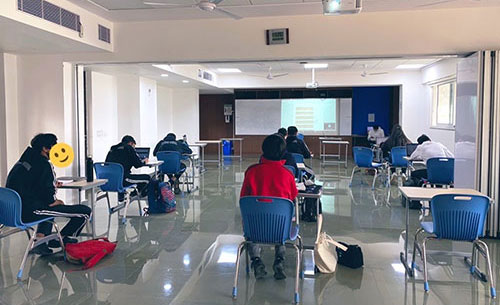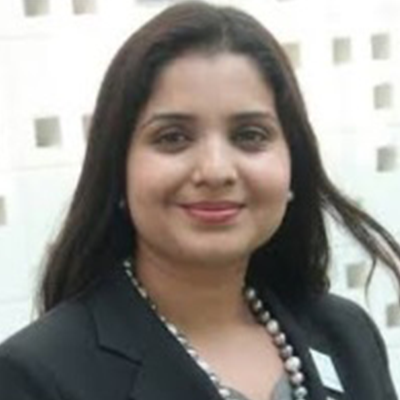With the ongoing pandemic, access to traditional face to face school and resourcess till remains a distant possibility in many parts of the world. Students all over have been adopting emerging pedagogy deriving from blended learning. Lalima and Dangwal (2017) described blended learning as the most innovative and adoptable pedagogical strategy. Although this journal article was published a few years before the ongoing COVID-19 pandemic, multiple aspects mentioned in the article are largely applicable in today’s scenario as well. The authors described blended learning as one of the most comprehensive learning models available for the educators because it integrates advantages of both offline and online learning environments (Lalima & Dangwal, 2017). With the experience of more than 18 months of pandemic learning, the blended learning model has emerged as the most suitable alternative to traditional face to face learning. In the international school context, where students are accessing learning from different time zones or learning from live recorded lessons, it provides an excellent opportunity for collaboration, constructive learning and integration of technology to enhance optimal learning outcomes for all students.

For educators and organisations looking to implement the blended learning model, it is recommended to emphasise on developing a strong framework with essential factors such highly motivational teaching and learning environment for students, continuous professional development for teachers, rich content coverage, leadership support and proper funding to build or evolve the technology infrastructure.
It is also suggested that strong logistic support is provided to implement blended learning as it is often a complex process requiring resources, human efforts and time management.
It is an observation that the blended learning model might be beneficial to a large student population in specific areas such as remote rural areas or physically inaccessible places such as mountains, forests or islands where accessing the physical school is a challenge to the communities. Blended learning also has the potential to bridge the learning gap for students from the lower socioeconomic background by giving them access to opportunities only reserved for a select few. Additionally, the OECD (2015) report also mentioned effective teacher training and leadership support as main factors for implementing successful blended learning environments. The OECD (2015) report on the educational policy planning process identified planning techniques and approaches as well as Information systems, monitoring and evaluation as some of the key components required for any optimal learning environment.
In summary, based on the OECD report, blended learning is a powerful tool to reimagine education for millions for students across the globe and make learning accessible to the future generations in a meaningful way. Investment in upskilling educators, providing financial support to students and families, supporting equal access to internet connectivity along with sincere efforts to bridge the digital divide for successful implementation of blended learning environment for students will be the future of education in the post pandemic era.
